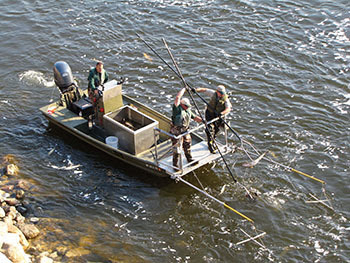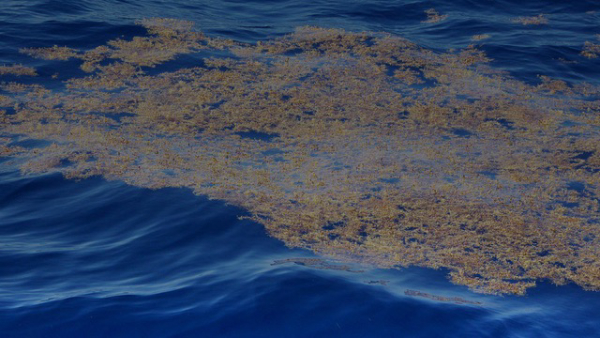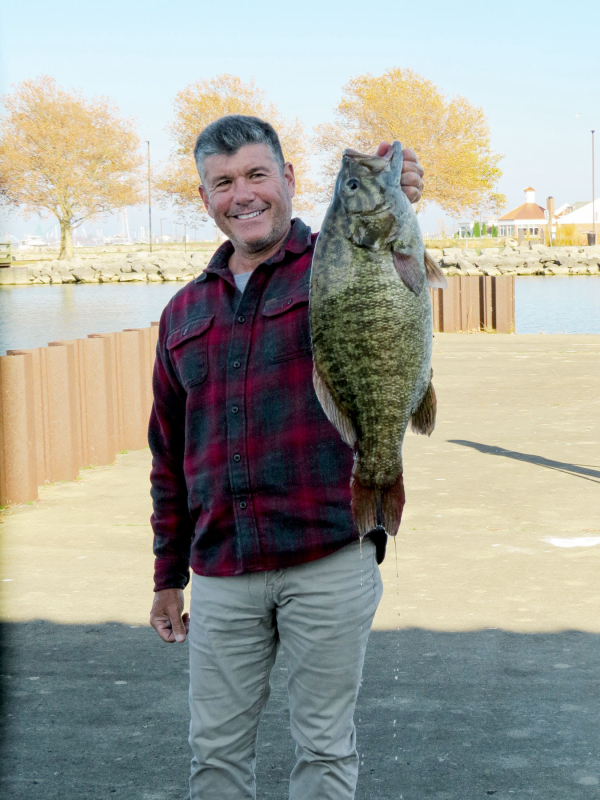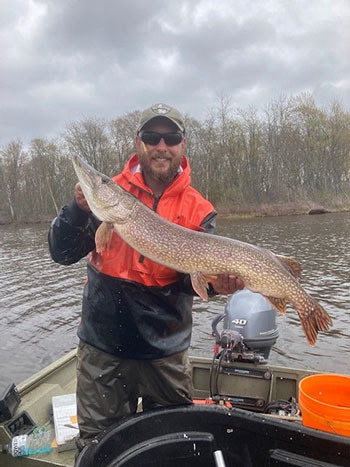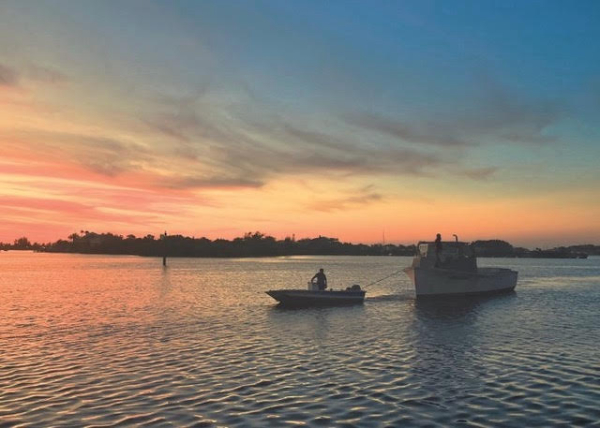Colorado Group Owes Over $6,000 for Poaching Fish in Michigan

The six men pleaded guilty to taking fish by an illegal method along the Manistee River last October. Contact: Sgt. Grant Emery, 906-285-2085
Colorado group owes more than $6,600 for poaching fish in Michigan
Six Colorado men have pleaded guilty to taking fish by an illegal method, stemming from an incident along the Manistee River in October. Michigan Department of Natural Resources conservation officers caught the group illegally fishing following a tip from a concerned angler.
The last of the six men was charged earlier this month in the 85th District Court in Manistee County. Each of the men, all from Colorado, owes more than $1,100 in restitution, fines and costs:
- Agustin Barrera, 29, of Denver.
- David Cobaxin, 48, of Denver.
- Alfredo Hernandez, 56, of Denver.
- Gregorio Hernandez, 49, of Aurora.
- Leonel Lopez, 38, of Aurora.
- Raul Lopez, 37, of Aurora.
One positive result from the group’s poaching: conservation officers were able to donate more than 460 pounds of fresh fish to Manistee County families in need.
Michigan conservation officers are fully commissioned law enforcement officers who provide natural resources protection, ensure recreational safety and protect people by providing general law enforcement duties and lifesaving operations in the communities they serve. Learn more at Michigan.gov/ConservationOfficers.

